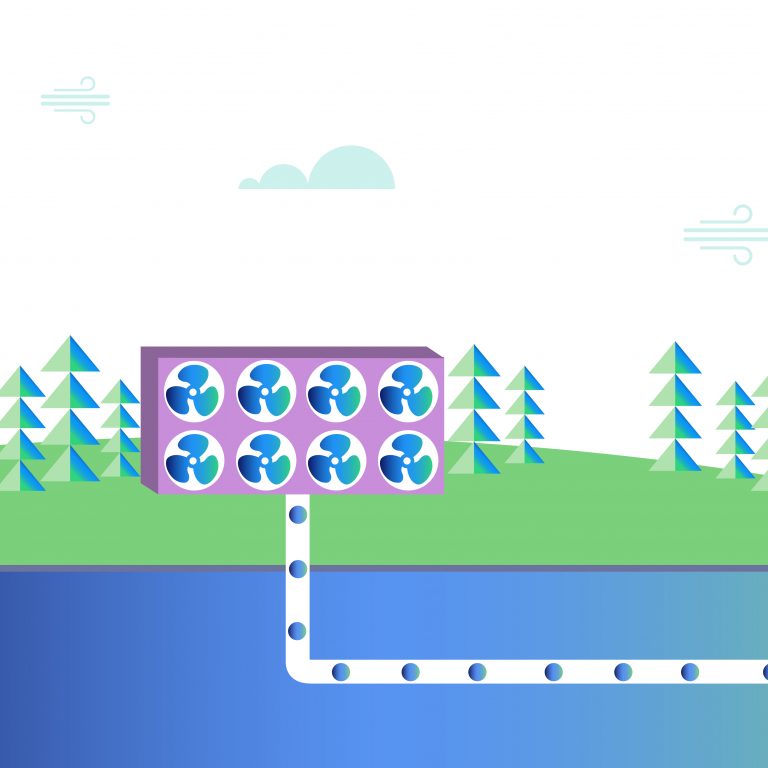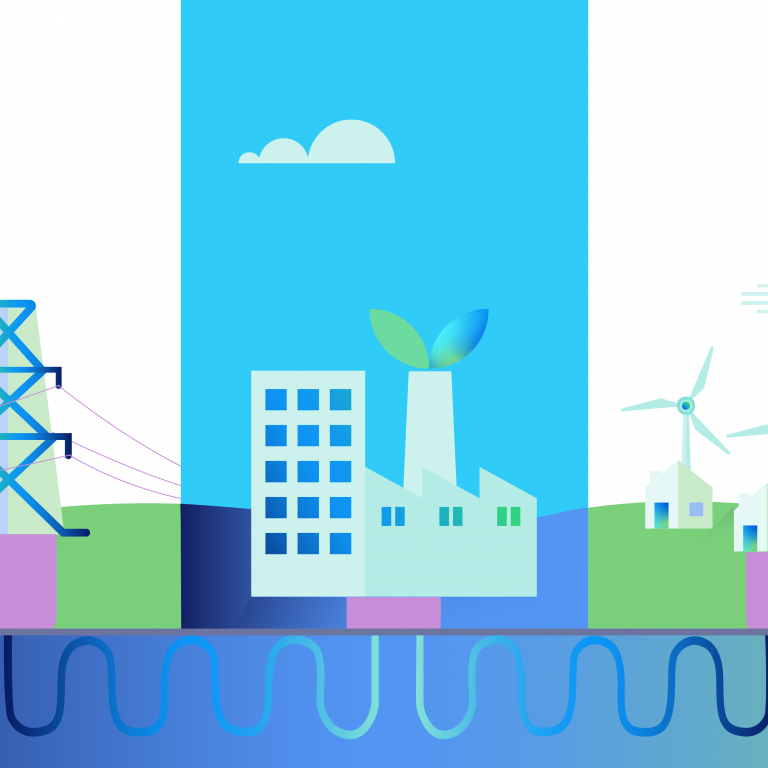What is pumped storage hydro?
Pumped storage hydro (PSH) is a large-scale method of storing energy that can be converted into hydroelectric power. The long-duration storage technology has been used for more than half a century to balance demand on Great Britain’s electricity grid and accounts for more than 99% of bulk energy storage capacity worldwide.
How does it work?
The principle is simple. Pumped storage facilities have two water reservoirs at different elevations on a steep slope. When there is excess power on the grid and demand for electricity is low, the power is used to pump water from the lower to the upper reservoir using reversible turbines. When demand is high, the water is released downhill into the lower reservoir, driving the turbines the other direction to generate electricity.
Pumped storage hydro plants can also provide ancillary services to help balance the power system, such as inertia from spinning turbines, which ensures the system runs at the right frequency and reduces the risk of power cuts.
Why is pumped storage hydro important for energy transition?
Governments around the world are shifting from fossil fuels to renewable energy sources to meet their climate goals. But critically important power technologies such as wind and solar pose challenges for power grid operators.
Being weather-dependent, the supply from these renewables is intermittent. For example, wind farms accounted for almost a quarter of the UK’s total electricity generation in 2020, but on some days, less than 10% of the country’s electricity needs were met by wind. Changing weather patterns and extreme weather events with prolonged periods of little wind or reduced daylight are a further the threat to grid stability.
When output from renewables falls, grid operators mostly turn to gas-fired power stations to plug the gap. But relying on fossil fuels such as natural gas in the long term to balance the grid will compromise efforts to reach net zero emissions by 2050.
Pumped storage hydro facilities act as vast ‘water batteries’. They are a flexible way of storing excess energy generated by renewables, cost-effectively and at scale.
How can pumped storage hydro capacity be increased?
As old thermal power plants are decommissioned and renewables provide an increasing share of the electricity supply, storage capacity will need to grow if climate goals are to be met. Over the next two to three decades, Great Britain’s energy storage capacity alone will need to increase tenfold, from 3 gigawatts (GW) to around 30 GW.
Pumped storage hydro power stations require very specific sites, with substantial bodies of water between different elevations. There are hundreds, if not thousands, of potential sites around the UK, including disused mines, quarries and underground caverns, but the cost of developing entirely new facilities is huge. A more cost-effective way to increase storage capacity is by expanding existing plants, such as the Cruachan Power Station in Scotland.

Pumped Storage Hydro fast facts
- Pumped storage hydroelectric projects have been providing energy storage capacity in Italy and Switzerland since the 1890s.
- The UK has four pumped storage hydro power stations in Scotland and Wales, with a total capacity of 2.8 GW.
- The Dinorwig Hydro Power Station in Wales can switch from being fully shut down to operating at full capacity in just 12 seconds.
- When completed in 2023, Fengning Pumped Storage Power Plant in Hebei Province, China, will become the world’s largest pumped hydro station with 6 GW capacity.
Go deeper:
- The story of the men who built a power station inside a mountain – meet the Tunnel Tigers.
- How and why Cruachan Power Station switches from storing to generating electricity
- Why modern power systems need batteries the size of mountains.
- Explore the different types of energy storage being deployed today.
- The biggest, smallest, most interesting and oldest pumped hydro stations operating around the world.
- How run-of-river hydro power delivers electricity on a smaller scale.





















